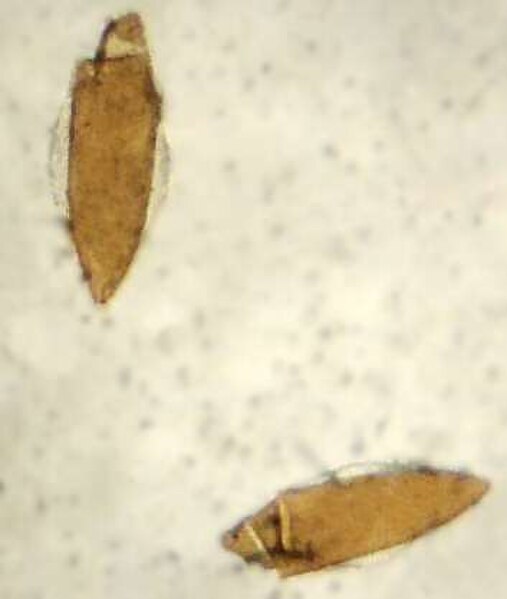The sterile insect technique (SIT) is a method of biological insect control, whereby overwhelming numbers of sterile insects are released into the wild. The released insects are preferably male, as this is more cost-effective and the females may in some situations cause damage by laying eggs in the crop, or, in the case of mosquitoes, taking blood from humans. The sterile males compete with fertile males to mate with the females. Females that mate with a sterile male produce no offspring, thus reducing the next generation's population. Sterile insects are not self-replicating and, therefore, cannot become established in the environment. Repeated release of sterile males over low population densities can further reduce and in cases of isolation eliminate pest populations, although cost-effective control with dense target populations is subjected to population suppression prior to the release of the sterile males.

The screw-worm fly was the first pest successfully eliminated from an area through the sterile insect technique, by the use of an integrated area-wide approach.
Entomologist Edward F. Knipling
Mosquitoes, the Culicidae, are a family of small flies consisting of 3,600 species. The word mosquito is Spanish and Portuguese for little fly. Mosquitoes have a slender segmented body, one pair of wings, three pairs of long hair-like legs, and specialized, highly elongated, piercing-sucking mouthparts. All mosquitoes drink nectar from flowers; females of some species have in addition adapted to drink blood. Evolutionary biologists view mosquitoes as micropredators, small animals that parasitise larger ones by drinking their blood without immediately killing them. Medical parasitologists view mosquitoes instead as vectors of disease, carrying protozoan parasites or bacterial or viral pathogens from one host to another.
Mosquito
Adult yellow fever mosquito Aedes aegypti, typical of subfamily Culicinae. Male (left) has bushy antennae and longer palps than female (right)
Anopheles eggs with side floats
Electron micrograph of a culicine egg






